Indus Valley : The Perfect Harmony of Culture and Nature.
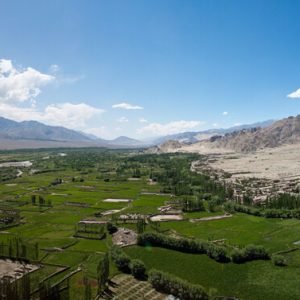
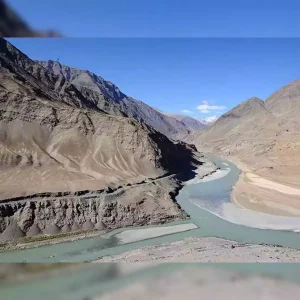

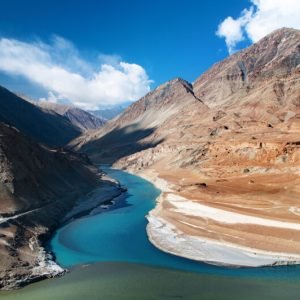

Table of Contents
Toggle1. Introduction
The Indus Valley in Ladakh is a region of natural wonder and historical significance. This area falls in the northernmost part of the Indian-administered Union Territory of Ladakh, which basically characterizes rugged landscapes, ancient trade routes, and unique cultural heritage. An overview of the Indus Valley in Ladakh is herewith presented on geographical aspects, climate, historical significance, culture, economy, tourism aspects, and challenges.
2. Geography
The Indus Valley in Ladakh follows the course of the Indus River, which rises in Tibet and crosses the Morey Plains in Ladakh before entering Pakistan. The valley is at a very average altitude of about 3,000 meters (9,800 feet) above sea level, with a stark, high-altitude desert landscape.
a. Indus River: It feeds the valley with its water, as it otherwise is a dry valley. The valley is flanked by the Ladakh range to the north and the Zanskar range to the south.
b. Major Settlements: Key towns and villages in this region include Leh, the administrative center of Ladakh, and smaller villages like Chushul and Thiksey.
3. Climate
Because of its altitude and location, the Indus Valley is at an extreme climate. In fact, the winters are extreme, and the temperature may remain below -20°C (-4°F). There are heavy snowfalls in this valley, and it experiences temperatures under zero for months.
Summers are brief but fairly pleasant, seeing temperatures range from 15°C to 25°C or 59°F to 77°F. The valley receives hardly any rainfall, and whatever precipitation it receives, it receives during winters in the form of snow.
4. Historical Importance
Indus Valley has always played a vital role in Ladakh’s history because this valley is a strategic trade route with rich cultural heritage.
a. Ancient Times: Historically, the Indus Valley has been an important corridor for trade between Central Asia, Tibet, and the Indian subcontinent. Its location was, therefore, a critical junction of various ancient cultures and civilizations.
b. Buddhist Heritage: The region had a long history of Buddhist prevalence, and there were several ancient monasteries and stupas that reflect the historical Buddhist heritage of the region. The spread of Buddhism from India into Tibet passed through Ladakh, and many of the valley’s religious sites are associated with this historical movement.
5. Cultural Heritage
The Indus Valley in Ladakh represents a unique cultural landscape that merges Tibetan, Central Asian, and local traditions.
a. Festivals
The region has some vibrant festivals, which include:
i. Losar: The Tibetan New Year, celebrated with traditional dances, feasts, and rituals.
ii. Independence Day and Republic Day: These national holidays are marked with patriotic events and cultural performances.
iii. Language and Religion: The principal languages spoken in the valley are Ladakhi and Tibetan. The dominant religion is Buddhism, represented through a number of monasteries and religious events that give the region its cultural significance.
b. Economy
The economy of the Indus Valley in Ladakh basically depends on agriculture, trade, and tourism.
i. Agriculture: Because of the severe climate, agriculture within the valley is restricted to a few hardy crops, such as barley, wheat, and potatoes. Farming activities are supported by traditional irrigation methods, including the use of canals from melting snow.
ii. Trade: The valley has long been an important trade route. Nowadays, it also trades with its neighbors, such as Srinagar and part of Tibet.
iii. Tourism: Tourists visit the valley for its striking landscapes and rich culture, including a number of monasteries that are centuries old, various traditional festivals, and breathtaking natural scenery.
c. Tourism
One of the major industries of the Indus Valley is tourism due to its natural beauty and historical monuments.
i. Monasteries: The valley hosts some important monasteries, such as the Thiksey Monastery and Hemis Monastery, which attract large tourist volumes.
ii. Adventure Tourism: The nature in the valley, with its broken topography and high altitude, attracts many for trekking and mountaineering activities.
iii. Cultural Sites: Tourist attractions include historical sites and cultural experiences, like local festivals and traditional crafts.
6. Challenges and Development
The Indus Valley of Ladakh also suffers many difficulties arising out of the obstacles in topography and harsh weather.
a. Infrastructure: Basic infrastructure development remains scanty, with partial, unfinished roads in most places, though this is in the process of getting improved. Ambitious projects such as the Zojila Pass tunnel will eventually give easy access and spur economic development.
b. Conservation of the Environment: The ecosystem of this valley is very fragile, and requires much care to prevent its degradation. For this reason, all conservation efforts in these valley towns focus on sustainable tourism practices coupled with the protection of natural resources.
c. Climate Change: Climate change presents a very persistent threat that is laden with implications for water resources as well as agricultural practices. As a result, every adaptation measure is highly instrumental in addressing these impacts if local livelihoods are to be sustained.
7. Conclusion
The Indus Valley in Ladakh represents a region of great natural and cultural importance. Its strategic positioning, historical importance, and uniqueness of culture make it one of the most fascination-making places. This region, till now, has tried to balance economic development with environmental conservation and cultural preservation. Such will, no doubt, continue to be needed in the days ahead if its unique character and heritage are to remain intact.
How to book a trip to Indus Valley, India with Charzan Holidays?
For a seamless and exceptional booking experience, contact Charzan Holidays at reservations@charzan.in or call us at +919622224473
Frequently Asked Questions
1. What is the Indus Valley? |
| The Indus Valley is a historic region in Ladakh, India, known for its stunning landscapes, rich cultural heritage, and significance as one of the cradles of ancient civilization. |
2. How do I get to the Indus Valley? |
| You can reach the Indus Valley by flying to Leh, the capital of Ladakh, and then traveling by road. The valley is accessible via taxis, private vehicles, or organized tours. |
3. What are the main attractions in the Indus Valley? |
| Key attractions include monasteries like Hemis and Thiksey, the Indus River, traditional villages, and archaeological sites that showcase ancient civilization. |
4. What is the best time to visit the Indus Valley? |
| The best time to visit is from May to September when the weather is pleasant and roads are accessible, making it ideal for travel and exploration. |
5. Is it safe to travel to the Indus Valley? |
| Yes, the Indus Valley is generally safe for tourists. However, it’s essential to stay updated on local conditions and follow any travel advisories. |
6. What activities can I do in the Indus Valley? |
| Visitors can enjoy trekking, river rafting, exploring monasteries, visiting local markets, and experiencing Ladakhi culture and cuisine. |
7. Are there accommodations available in the Indus Valley? |
| Yes, there are various accommodations, including guesthouses, hotels, and homestays, catering to different budgets. |
8. What should I pack for a trip to the Indus Valley? |
| Pack warm clothing, especially for evenings, sturdy shoes for trekking, a camera, personal toiletries, and any necessary medications. |
9. Is there internet and mobile connectivity in the Indus Valley? |
| Mobile connectivity is available in some areas, but it can be limited in remote regions. Internet access may also be sporadic. |
10. Can I find local food in the Indus Valley? |
| Yes, you can enjoy traditional Ladakhi cuisine, including dishes like momos, thukpa, and butter tea, at local eateries and homestays. |
11. Are there any cultural festivals in the Indus Valley? |
| Yes, the region hosts several festivals throughout the year, including the Hemis Festival and Losar, celebrating local culture and traditions. |
12. What is the local language spoken in the Indus Valley? |
| The primary language is Ladakhi, but many locals also speak Hindi and English, especially in tourist areas. |
13. Do I need a permit to visit the Indus Valley? |
| For most areas, no special permit is required. However, certain regions near the border may require permits, so it’s best to check ahead. |
14. Can I find guided tours in the Indus Valley? |
| Yes, many travel agencies offer guided tours that include transportation, accommodation, and activities, allowing for a more structured experience. |
15. What is the climate like in the Indus Valley? |
| The climate varies by season, with cold winters and mild summers. Daytime temperatures can be pleasant, but nights can be chilly, even in summer. |


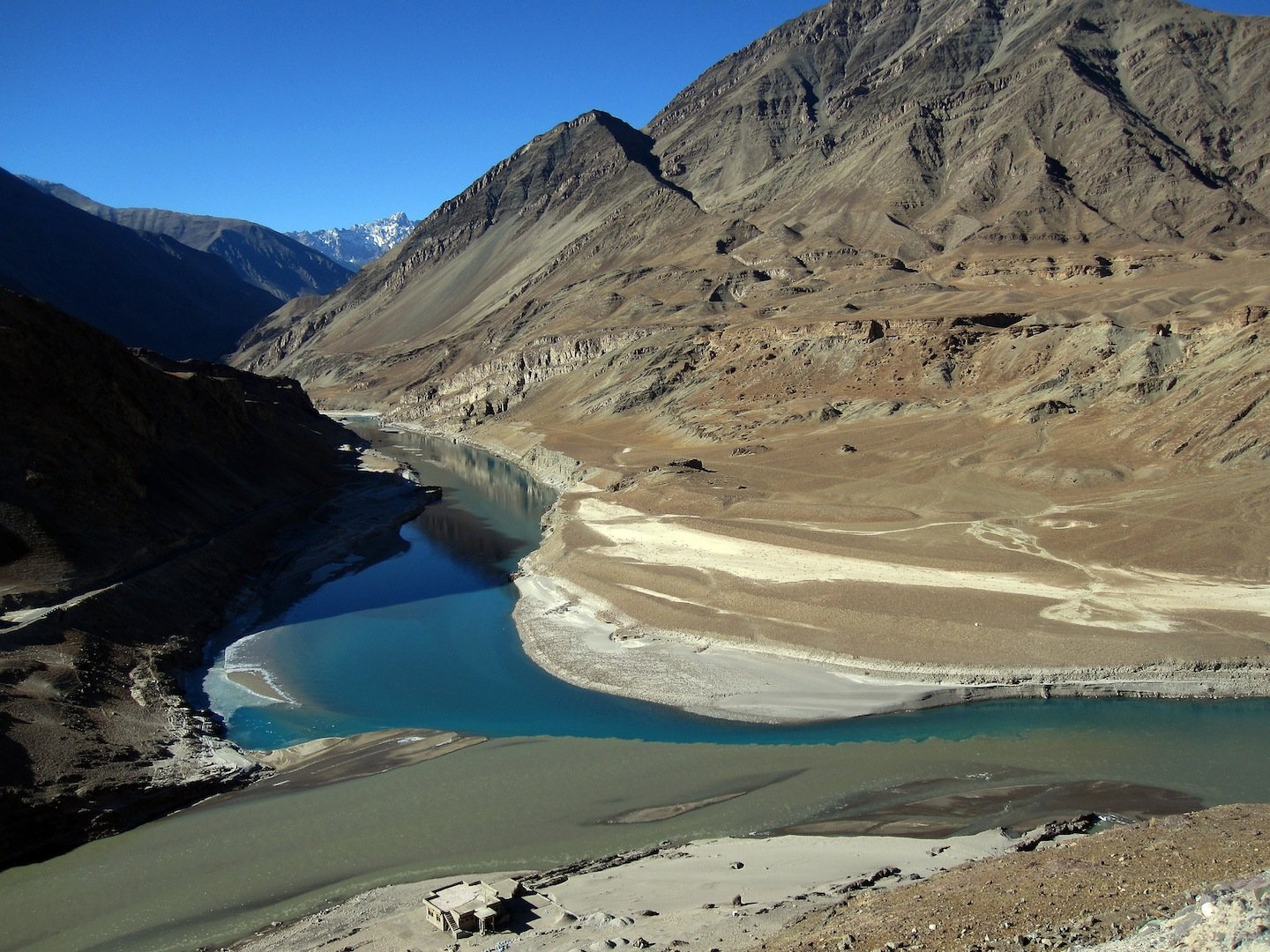
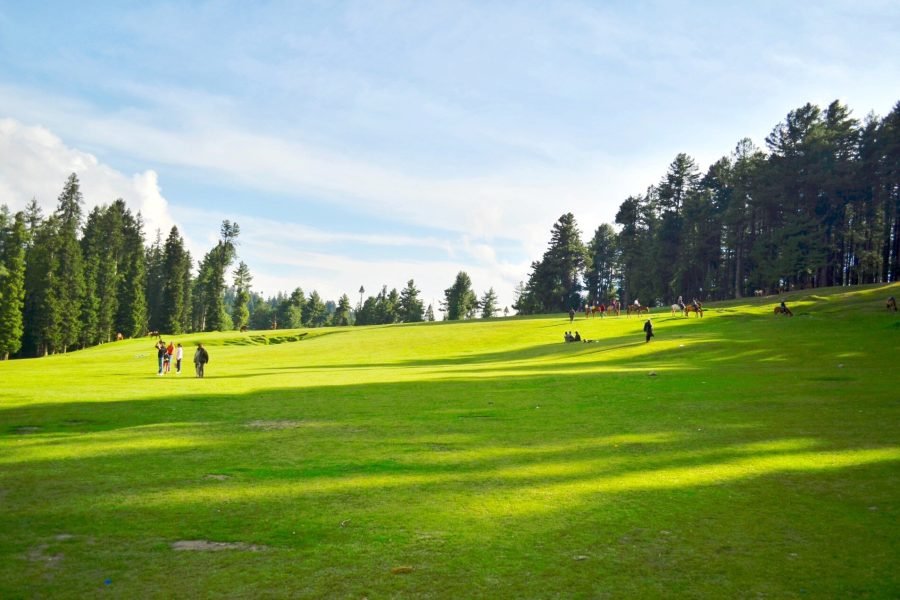
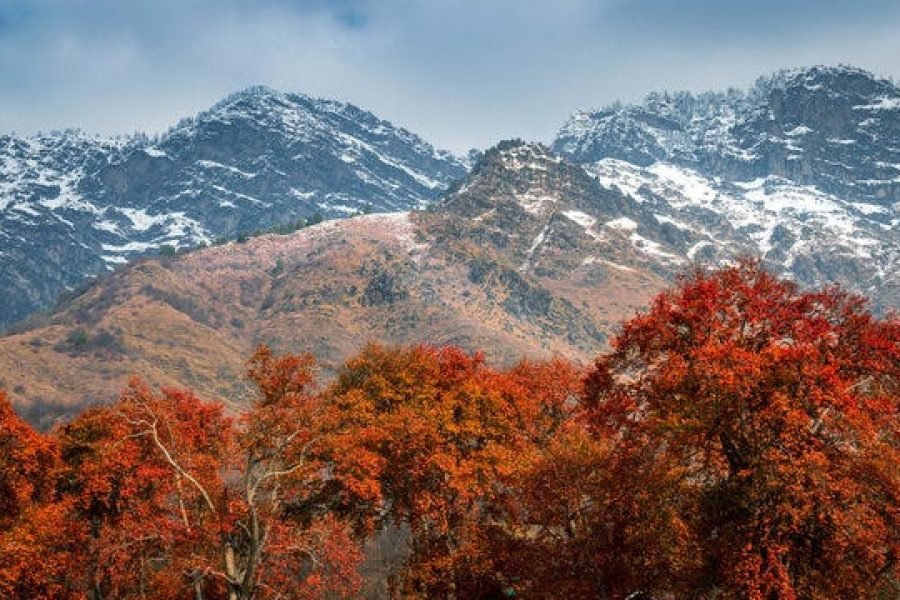

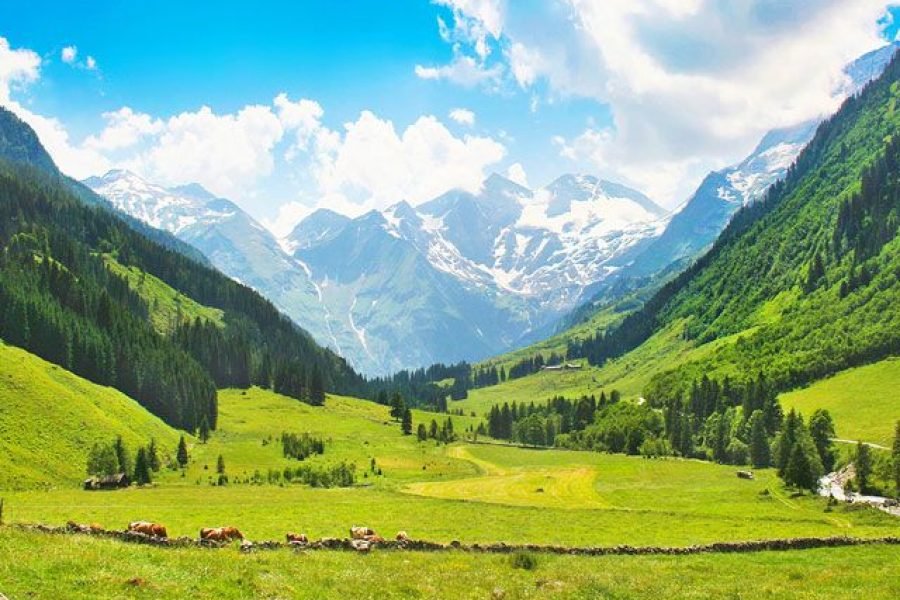
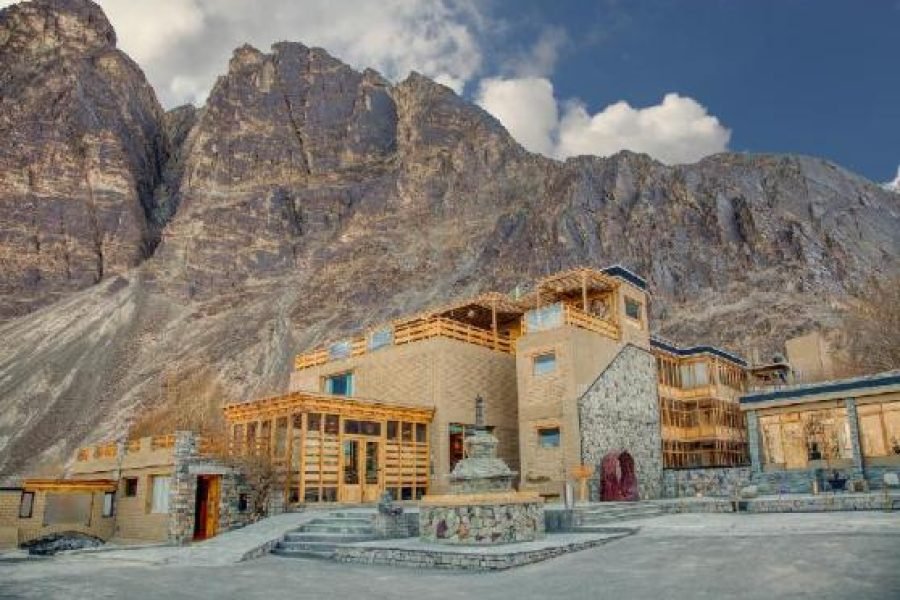

0 Comment